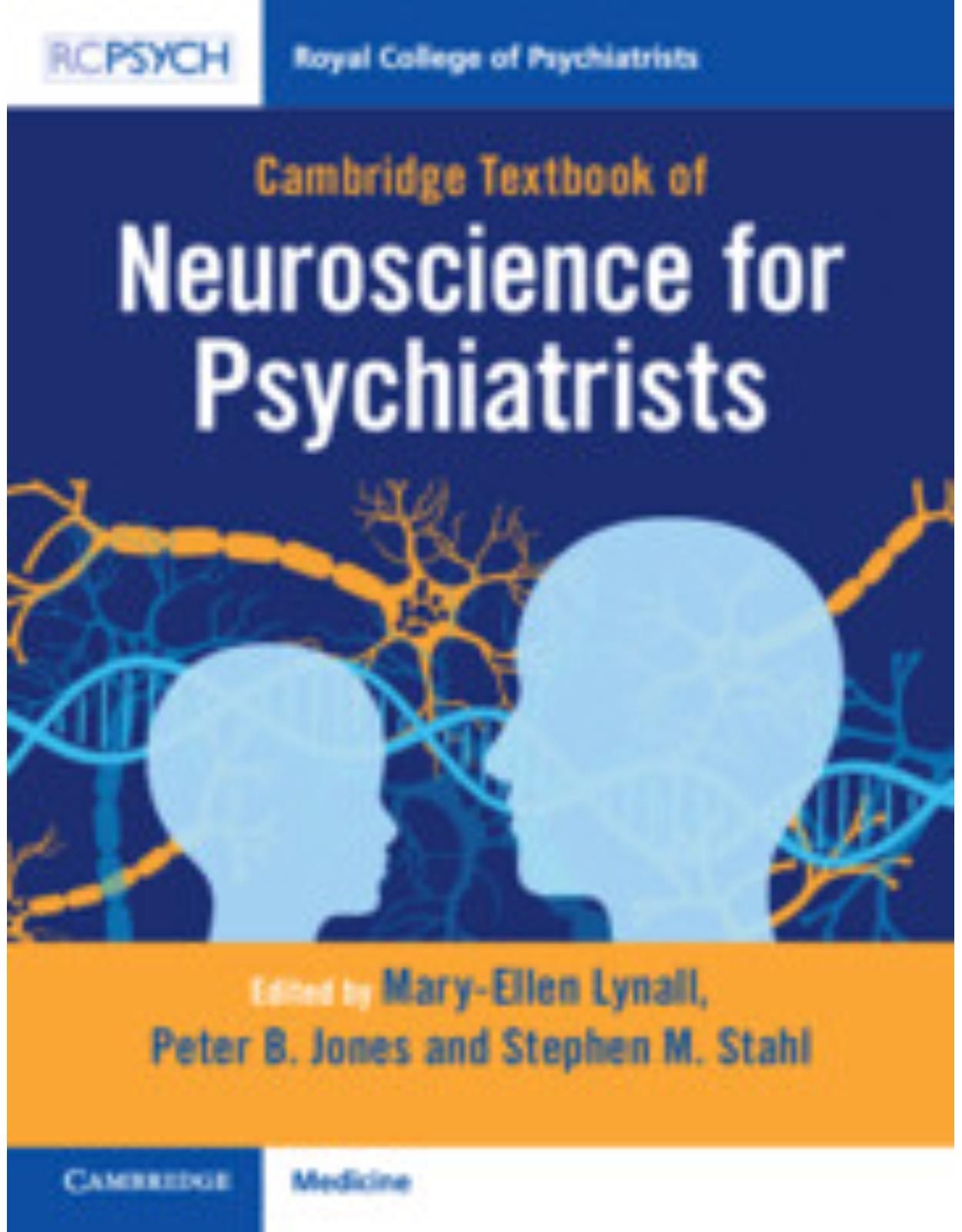
Cambridge Textbook of Neuroscience for Psychiatrists
Livrare gratis la comenzi peste 500 RON. Pentru celelalte comenzi livrarea este 20 RON.
Disponibilitate: La comanda in aproximativ 4 saptamani
Editura: McGraw-Hill
Limba: Engleza
Nr. pagini:
Coperta:
Dimensiuni:
An aparitie: 30 noi 2023
Description:
Cambridge Textbook of Neuroscience for Psychiatrists is a 'one stop shop' for what any psychiatrist needs to know about the brain. Understanding the brain and mind requires a vast array of techniques and conceptual approaches. The Editors have assembled a team of basic neuroscientists, geneticists, psychologists, psychiatrists, neurologists, neurosurgeons and endocrinologists who bring you the cutting edge of translational neuroscience that addresses the material most relevant to current or future psychiatric practice. The book showcases what is known, highlights aspects that are less well understood and defines key outstanding questions. A revolution in our understanding of the brain has, so far, done little to disrupt mainstream psychiatric practice. That is set to change. The chapters align with the UK MRCPsych neuroscience syllabus and link to the USA National Neuroscience Curriculum Initiative (NNCI). Highly illustrated and accessible, this book will appeal to psychiatrists, neuroscientists, psychologists, other healthcare students and professionals.
Table of Contents:
Introduction
1 Cells
1.1 Neurons
Overview
1.2 The Physiology of Neurons, Synapses and Receptors
1.2.1 Ionic Gradients, Ion Channels and the Resting Potential
1.2.2 Voltage-Dependent Gating of Ion Channels and Action Potentials
1.2.3 Synapses
1.2.4 Neurotransmitter Receptors
1.3 Modelling Single Neurons and Their Combinations in Circuits
1.4 Glia
Further Reading for Chapter 1
2 Neurotransmitters and Receptors
2.1 The Chemical Synapse
Overview
2.1.1 Introduction to the Chemical Synapse
2.1.2 Ion Channels and Calcium Flux in Relation to Synaptic Physiology
2.1.3 Transmitter Synthesis
2.1.4 Transmitter Storage, Release and Reuptake
2.2 Classification of Receptors: Metabotropic and Ionotropic Receptors
2.3 Neuronal Receptors and Drug Targets
2.3.1 Agonistic Spectrum of Chemicals
2.4 Basic Pharmacology of Specific Neurotransmitter Pathways
2.4.1 Basic Pharmacology of Serotonin
2.4.2 Basic Pharmacology of Dopamine
2.4.3 Basic Pharmacology of GABA
2.4.4 Basic Pharmacology of Noradrenaline
2.3.5 Basic Pharmacology of Acetylcholine
2.4.6 Basic Pharmacology of Glutamate
Conclusions and Outstanding Questions
Outstanding Questions
References
2.5 Neuropeptides
Overview
2.5.1 Opioid Peptides: Enkephalins, Endorphins and Dynorphins
2.5.2 Anorectic (Appetite-Reducing) and Orexigenic (Appetite-Stimulating) Neuropeptides
2.5.3 Neuropeptides Involved in Sleep and Arousal
2.5.4 Neuropeptides and Social Interactions: Oxytocin and Arginine Vasopressin
2.5.5 Targeting Neuropeptide Receptors for Therapy
Conclusions
References
2.6 Genetic Association Studies and Neurotransmitter Pathways
Overview
2.6.1 Schizophrenia
2.6.2 Bipolar Disorder
2.6.3 Depression
2.6.4 Other Disorders
Conclusions and Outstanding Questions
Outstanding Questions
References
2.7 Opioids and Common Recreational Drugs
Overview
2.7.1 Depressants
2.7.1.1 Opioids
2.7.1.2 Benzodiazepines
2.7.1.3 Ethanol (Alcohol)
2.7.1.4 Cannabis
2.7.1.5 Gamma-Hydroxybutyrate and Its Precursor Gamma-Butyrolactone
2.7.2 Stimulants
2.7.2.1 Cocaine
2.7.2.2 Amphetamines
2.7.2.3 Ketamine
2.7.2.4 Ecstasy
2.7.2.5 Psychedelics
Conclusions and Outstanding Questions
Outstanding Questions
Further Reading
3 Basic Techniques in Neuroscience
3.1 Recording from the Brain
Overview
3.1.1 Single-Unit Electrophysiology and Related Small-Scale Techniques
3.1.2 Local Chemical Measurement
3.1.3 Post-Mortem Tissue Analysis
3.1.4 Brain Recording from the Surface
3.1.4.1 Electroencephalography
3.1.4.2 Magnetoencephalography
3.1.5 Three-Dimensional Neuroimaging Techniques
3.1.5.1 Computerised Tomography
3.1.5.2 Positron Emission Tomography
3.1.5.3 Single-Photon Emission Computed Tomography
3.1.5.4 Magnetic Resonance Imaging
3.2 Perturbing Brain Function
3.3 Animal Models of Psychiatric Disease
3.4 Data Analysis and Computational Modelling
3.5 Functional Neuroimaging and Connectivity
Further Reading
4 Neuroanatomy
4.1 Fundamentals
Overview
4.1.1 Terminology and Organisation of the Nervous System
4.1.2 Embryology of the Nervous System
4.1.3 The Macroscopic Organisation of the Nervous System
4.1.3.1 The Central Nervous System
The Brain
The Forebrain
The Midbrain
The Hindbrain
The Spinal Cord
4.1.3.2 The Peripheral Nervous System
Spinal Nerves
Cranial Nerves
4.1.3.3 The Meningeal Layers Covering the Central Nervous System
4.1.4 The Microscopic Organisation of the Central Nervous System
4.1.4.1 Cytoarchitectonics Parcellates the Grey Matter of the Brain
4.1.4.2 Myeloarchitectonics Parcellates Grey Matter by Studying Fibre Arrangements
4.1.5 Circuit-Level Organisation within the Nervous System
4.1.6 Fluid Compartments in the Central Nervous System
4.1.6.1 Arterial Supply
4.1.6.2 Venous Drainage
4.1.6.3 Cerebrospinal Fluid
References
4.2 The Basal Ganglia
Overview
4.2.1 Anatomy of the Basal Ganglia
References
4.3 The Temporal Lobes
References
4.4 The Frontal Lobes
References
4.5 White Matter Pathways
4.5.1 Association Fibres
4.5.2 Commissural Fibres
4.5.3 Projection Fibres
4.5.4 Papez’s Circuit and the Limbic Lobe
References
4.6 Ascending Neurotransmitter Systems
4.6.1 Noradrenaline
4.6.2 Serotonin
4.6.3 Dopamine
4.6.4 Acetylcholine
Conclusions
References
5 Neural Circuits
5.1 Appetite
Overview
5.1.1 The Neuroanatomy of Appetite
5.1.2 Leptin: The Master Regulator of Appetite
5.1.3 Leptin-Responsive Neural Circuits
5.1.4 Peripheral Peptides That Affect Appetite
5.1.5 Drugs That Affect Appetite and Mood
5.1.6 Appetite and Thirst
Conclusions and Outstanding Questions
Outstanding Questions
References
5.2 Sleep
Overview
5.2.1 Stages of Sleep and Assessment of Sleep
5.2.2 Two-Process Model of Sleep Regulation
5.2.3 Neural Circuits Regulating Sleep and Wakefulness
5.2.3.1 Arousal and Wake-Promoting Systems
GABAergic and Glutamatergic Arousal System
Ascending Cholinergic and Monaminergic Systems
Hypocretin (Orexin) System
5.2.3.2 Regulation of NREM Sleep
5.2.3.3 Regulation of REM Sleep
5.2.4 Circadian Rhythm
5.2.4.1 Suprachiasmatic Nucleus
5.2.4.2 Molecular Regulation of the Circadian Clock
5.2.5 Effects of Sleep Deprivation
Conclusions and Outstanding Questions
Outstanding Questions
References
5.3 Sex and Sex Hormones
Overview
5.3.1 Origins of Brain Sex Differences
5.3.1.1 Hormones and Genes
5.3.1.2 Sex and Gender
5.3.2 Sex Differences and Hormonal Influences in the Healthy Brain: Examples from Midbrain Dopaminergic Systems
5.3.3 Impact of Sex Hormones on Psychiatric Disorders and Their Sex Bias
5.3.3.1 Role in Pathophysiology in Adolescence and Adulthood
5.3.3.2 Sex-Specific Effects of Early Adverse Developmental Environments
5.3.4 Sex Hormones as Treatments for Psychiatric Disorders
5.3.5 Sex Disturbances Related to Psychiatric Disorders
5.3.6 Gender Identity
Conclusions and Outstanding Questions
Outstanding Questions
References
5.4 Violence and Aggression
Overview
5.4.1 Transition from Adaptive to Maladaptive Aggression: Types of Aggression
5.4.2 Translational Models of Maladaptive Aggression
5.4.3 Neural Networks
5.4.3.1 Cortical Control
5.4.3.2 Midbrain and Brainstem Control
5.4.4 Neurotransmitters and Modulators
5.4.4.1 Serotonin
5.4.4.2 Dopamine
5.4.4.3 Noradrenaline
5.4.5 From Neuroscience to Treatment Strategies
Conclusions and Outstanding Questions
Outstanding Questions
References
5.5 Nociception and Pain
Overview
5.5.1 Nociception
5.5.2 Functional Neuroanatomy of Pain
5.5.3 Pain and Disease
5.5.4 Psychiatric Diagnoses and Chronic Pain
Conclusions and Outstanding Questions
Outstanding Questions
References
5.6 The Motor System and Movement Disorders
Overview
5.6.1 Neuroanatomy of the Motor System
5.6.2 Movement Disorders
5.6.3 Psychiatric Conditions and Movement Disorders
5.6.4 Extrapyramidal Side Effects
5.6.5 Functional Movement Disorders
Conclusions and Outstanding Questions
Outstanding Questions
Further Reading
5.7 Computational Models of Learning
Overview
5.7.1 Learning Models: The Basics
5.7.2 Learning Models Applied to Compulsivity
5.7.3 Learning Models Applied to Mood
5.7.4 Learning Models Applied to Schizophrenia
5.7.5 Hierarchical Learning Models Applied in Neuropsychiatry
Conclusions and Outstanding Questions
Outstanding Questions
References
5.8 Habit Formation
Overview
5.8.1 Theoretical Foundations
5.8.2 Behavioural Experiments
5.8.3 The Neuroanatomy of Habits and Goals
5.8.4 Contemporary Issues
5.8.4.1 Model-Based Planning
5.8.4.2 The Search for Habit
5.8.5 Habits and Goals in OCD
5.8.6 Habits and Goals in Compulsivity
Conclusions and Outstanding Questions
Outstanding Questions
References
5.9 Reward, Pleasure and Motivation
Overview
5.9.1 The Functions of Reward
5.9.2 Learning
5.9.3 Positive Motivation and Reward Choice
5.9.4 Neuronal Reward Systems
5.9.4.1 Dopamine Neurons
5.9.4.2 Striatum
5.9.4.3 Orbitofrontal Cortex
5.9.4.4 Amygdala
5.9.5 Human Imaging of Pleasure
Conclusions and Outstanding Questions
Outstanding Questions
References
5.10 Emotion
Overview
5.10.1 What Is Emotion?
5.10.2 Theories of Emotion
5.10.2.1 Pharmacological Treatments of Emotional Disorders and Their Relevance to Theories of Emotion
5.10.3 Aetiology of Disorders of Emotion
5.10.4 Neuroanatomy of Emotion: A Focus on Subcortical Systems
5.10.5 Role of the Cortex and Cognition in the Generation and Regulation of Emotion
5.10.6 Neurobiological Insights into Emotional Disturbance from fMRI
5.10.7 What Is Hampering Progress in Developing New Effective Treatments?
Conclusions and Outstanding Questions
Outstanding Questions
References
5.11 Perception
Overview
5.11.1 Feature Analysis
5.11.1.1 The Visual System
5.11.1.2 The Auditory System
5.11.1.3 Beyond Feature Analysis
5.11.2 Perceptual Organisation
5.11.3 The Identification of Objects
5.11.4 The Influence of Context and Experience: Illusions and Hallucinations
Conclusions and Outstanding Questions
Outstanding Questions
References
5.12 Attention
Overview
5.12.1 What Is Attention?
5.12.2 ADHD as a Prototypical Syndrome of Attentional Impairment
5.12.3 Measurement of Attention
5.12.4 Neural Basis of Attention
5.12.5 Mechanisms of Attentional Deficits in ADHD
5.12.5.1 Structural Imaging
5.12.5.2 Functional Imaging
5.12.6 Pharmacological Treatment of Attentional Deficits in ADHD
5.12.7 Attention in Other Psychiatric Disorders
Conclusions and Outstanding Questions
Outstanding Questions
References
5.13 Apathy, Anhedonia and Fatigue
Overview
5.13.1 History and Definitions
5.13.2 Measurement
5.13.3 Cognitive Components of Motivation
5.13.4 Brain Mechanisms of (A)Motivation
5.13.4.1 Lesion and Stimulation Approaches
5.13.4.2 Functional Neuroimaging Studies in Amotivational Syndromes
5.13.4.3 The Role of Dopamine
Conclusions and Outstanding Questions
Outstanding Questions
References
5.14 Memory
Overview
5.14.1 Cognitive and Psychological Divisions of Memory
5.14.1.1 Short-Term and Long-Term Memory
5.14.1.2 Divisions of Short-Term Memory
5.14.1.3 Moving Information to Long-Term Memory: Consolidation and Reconsolidation
5.14.1.4 Explicit and Implicit Long-Term Memories
5.14.1.5 Episodic and Semantic Explicit Memories
5.14.2 Neuroanatomical Divisions of Memory
5.14.2.1 The Medial Temporal Lobe
5.14.2.2 Cortical Regions
5.14.3 Disorders of Memory
5.14.3.1 Dementia
Treatments for Dementia
5.14.3.2 Post-Traumatic Stress Disorder
Treatments for PTSD
Conclusions and Outstanding Questions
Outstanding Questions
References
5.15 Fronto-Executive Functions
Overview
5.15.1 What Is Executive Function?
5.15.2 Measuring Executive Function and Issues of Diversity and Unity
5.15.3 Prefrontal Cortex and Executive Function
5.15.4 Working Memory
5.15.5 Attention
5.15.6 Cognitive Flexibility
5.15.7 Cognitive Control (Including Inhibitory Control)
5.15.8 Decision Making
5.15.9 Social and ‘Hot’ Cognition
5.15.10 Translating Neuroscience to New Treatments
Conclusions and Outstanding Questions
Outstanding Questions
References
5.16 Empathy and Theory of Mind
Overview
5.16.1 The Evolution of Social Intelligence
5.16.2 Theory of Mind
5.16.3 Development of Theory of Mind in Human Children
5.16.4 Theory of Mind in Patients with Autism Spectrum Disorder
5.16.5 Theory of Mind in Patients with Schizophrenia
Conclusions and Outstanding Questions
Outstanding Questions
References
5.17 Language
Overview
5.17.1 What Is Language?
5.17.2 A Very Brief History of Language in Neuroscience
5.17.3 Aphasias, Dyslexias and Dysgraphias Post Stroke
5.17.4 Language Dysfunctions in Neurodegenerative Disease
Conclusions and Outstanding Questions
Outstanding Questions
References
5.18 Brain Networks and Dysconnectivity
Overview
5.18.1 Human MRI for Brain Network Mapping
5.18.2 Dysconnectivity and Mental Health Disorders
Conclusions and Outstanding Questions
Outstanding Questions
References
6 Modulators
6.1 The Hypothalamic–Pituitary (Neuroendocrine) Axis
Overview
6.1.1 Neuroanatomy of the Hypothalamus and Pituitary Gland
6.1.2 The Hypothalamic–Pituitary–Adrenal (HPA) Axis
6.1.2.1 Psychological Manifestations of HPA Axis Dysfunction
Hypoadrenalism (Adrenal Insufficiency)
Hypercortisolism (Cushing Syndrome)
Pseudo-Cushing Syndrome (Non-Tumoral Hypercortisolism)
6.1.2.2 Investigation of the HPA Axis
6.1.3 The Hypothalamic–Pituitary–Thyroid (HPT) Axis
6.1.3.1 Psychological Manifestations of HPT Axis Dysfunction
Hyperthyroidism
Apathetic Hyperthyroidism
Hypothyroidism
6.1.3.2 Thyroid Hormone Therapy in Unipolar Depressive Disorder and Bipolar Depression
6.1.4 The Hypothalamic–Pituitary–Gonadal (HPG) Axis
6.1.4.1 Psychological Manifestations of HPG Axis Dysfunction
Hypogonadism
6.1.4.2 Investigating the HPG Axis
6.1.5 The Hypothalamic–Pituitary–Somatotropic (HPS) Axis
6.1.5.1 Psychological Manifestations of HPS Axis Dysfunction
Growth Hormone Deficiency
Acromegaly
6.1.6 The Hypothalamic–Prolactin Axis
6.1.6.1 Psychological Manifestations of Hypothalamic–Prolactin Axis Dysfunction
Hyperprolactinaemia
6.1.7 The Posterior Pituitary Gland
6.1.7.1 Psychological Manifestations of Posterior Pituitary Dysfunction
SIADH
AVP-D and AVP-R
Conclusions and Outstanding Questions
Outstanding Questions
References
6.2 The Stress Response and Glucocorticoids
Overview
6.2.1 The Nature of Stress
6.2.2 Endocrine Responses to Stress
6.2.3 Actions of Glucocorticoids on the Brain
6.2.4 Neuronal and Behavioural Consequences of Raised Corticoids
6.2.4.1 Effects on Neurons
6.2.4.2 Effects on Glia
6.2.4.3 Effects on Mood and Cognition in Humans
Conclusions and Outstanding Questions
Outstanding Questions
References
6.3 Adrenal Steroids
Overview
6.3.1 Hormones and Psychological Symptoms
6.3.2 The Hypothalamic–Pituitary–Adrenal Axis and the Early Social Environment
6.3.3 Individual Differences in Glucocorticoid Function
6.3.4 Glucocorticoids as a Risk Factor for MDD
6.3.5 Possible Causal Mechanisms Associated with Glucocorticoids
6.3.6 Changes in Glucocorticoids During an Episode of MDD
6.3.7 Cortisol Hypersecretion, Cognition and Depression
6.3.8 Therapeutics of MDD and Glucocorticoids
6.3.9 Other Disorders, Other Steroids
Conclusions and Outstanding Questions
Outstanding Questions
References
6.4 Inflammation and Immune Responses
Overview
6.4.1 Background
6.4.2 How Can the Immune System and Brain Interact to Alter Mental States and Behaviour?
6.4.3 Associations between Psychiatric Disorders and Immune Alterations
6.4.4 Do Immune Abnormalities Make a Causal Contribution to Symptoms?
6.4.5 What Are the Sources of Inflammation Seen in Psychiatric Disorders?
Conclusions and Outstanding Questions
Outstanding Questions
References
7 Genetics
7.1 Basic Genetic Principles and the History of Gene Identification
Overview
7.1.1 Structure of DNA
7.1.2 Family-Based Studies
7.1.3 Heritability
7.2 Common Variation
7.2.1 Genome-Wide Association Studies
7.2.2 GWAS and Post-GWAS Analysis of Schizophrenia: An Exemplar
7.2.3 Polygenic Risk Scoring
7.2.4 Examination of Common Variation across Disorders
7.3 Rare Variation
7.3.1 Structural Variation: Copy Number Variation
7.3.2 Rare Single-Nucleotide Variants
7.4 Epigenetics
7.5 The Clinical Application of Genetics in Psychiatry
7.5.1 Clinical Genetics Services and Psychiatry
Conclusions and Outstanding Questions
Outstanding Questions
References for Chapter 7
8 Neurodevelopment and Neuroplasticity
8.1 The Development of Brain Structure and Function
Overview
8.1.1 Maturation of Brain Structure
8.1.1.1 Grey Matter Maturation
8.1.1.2 White Matter Maturation
8.1.2 Maturation and Localisation of Brain Function
8.1.3 Maturation of Brain-Network Topology
Conclusions and Outstanding Questions
Outstanding Questions
References
8.2 Neurodevelopmental Models of Psychiatric Disorders
Overview
8.2.1 Atypical Development in Psychiatric Disorders
8.2.1.1 Autism
8.2.1.2 Schizophrenia
8.2.1.3 Neurodegenerative Disorders
8.2.2 Translational Models for Assessing Psychopathology
8.2.2.1 Insights into Development from Genetic and Transcriptomic Studies
8.2.2.2 Modelling Development in vitro
8.2.2.3 Normative Models of Development
Conclusions and Outstanding Questions
Outstanding Questions
References
8.3 Attachment
Overview
8.3.1 Attachment Theory
8.3.1.1 John Bowlby: the Father of Attachment
8.3.1.2 Ainsworth’s Strange Situation Procedure and Main’s ABC+D Attachment Model
8.3.1.3 Crittenden’s Dynamic–Maturational Model of Attachment and Adaptation
8.3.2 Behavioural Studies of Attachment
8.3.3 Animal Models of Attachment
8.3.4 Studying the Neurobiology of Attachment in Humans
8.3.4.1 Maternal Attachment
8.3.4.2 Mothers, Fathers and Other Caregivers
8.3.5 From Neurobiology to New Therapies
Conclusions and Outstanding Questions
Outstanding Questions
References
8.4 Neuroplasticity
Overview
8.4.1 Neuroplasticity Mechanisms across the Lifespan
8.4.1.1 The Formation of Neural Circuits
8.4.1.2 The Role of Sex Hormones in Neurodevelopment
8.4.1.3 Plasticity and Sensitive Periods
8.4.1.4 Neural Circuit Mechanisms of Sensitive Periods
8.4.2 Impact of Stress on Neurodevelopment
8.4.2.1 The Neural Effects of Adversity
8.4.2.2 Resilience to Adversity
8.4.3 Interventions to Rescue Stress-Induced Neuroplasticity
8.4.3.1 Exercise
8.4.3.2 Mindfulness Meditation Training
Conclusions and Outstanding Questions
Outstanding Questions
References
8.5 Intelligence and Intellectual Disability
Overview
8.5.1 Defining Intelligence
8.5.2 Measures of Intelligence: The Invention and Discovery of IQ
8.5.3 An Evolutionary Perspective on Intelligence
8.5.4 The Evolutionary Perspective and Models of Cognition
8.5.5 The Neurobiology of Intelligence: Genetics, Molecules, Cells and Networks
8.5.6 Defining Intellectual Disability: Its Uses and Limitations
8.5.7 The Genetics, Syndromes, Behavioural Phenotypes and Behavioural Problems in Intellectual Disability
Conclusions and Outstanding Questions
Outstanding Questions
References
9 Integrated Neurobiology of Specific Syndromes and Treatments
9.1 Autism
Overview
9.1.1 Autism: A Behaviourally Defined, Heterogeneous Neurodevelopmental Condition
9.1.2 The Neurocognitive Bases of Autism
9.1.3 The Molecular–Neurobiological Bases of Autism
Conclusions and Outstanding Questions
Outstanding Questions
References
9.2 Attention Deficit Hyperactivity Disorder
Overview
9.2.1 What Is ADHD?
9.2.2 Aetiology of ADHD
9.2.3 Brain Mechanisms of ADHD
9.2.3.1 Neurotransmitter Alterations
9.2.3.2 Structural Brain Alterations
9.2.3.3 Brain Connectivity Alterations
Conclusions and Outstanding Questions
Outstanding Questions
References
9.3 Drug Use, Addiction, Tolerance, Withdrawal and Relapse
Overview
9.3.1 Initial Drug Use and the Mesocorticolimbic ‘Reward’ System
9.3.2 Interaction between Drugs of Abuse and the Mesocorticolimbic System
9.3.3 Tolerance and Withdrawal
9.3.3.1 Alcohol
9.3.3.2 Opiates
9.3.4 Relapse
Conclusions and Outstanding Questions
Outstanding Questions
References
9.4 Anxiety Disorders
Overview
9.4.1 Anxiety and Fear Circuitry
9.4.2 Neurotransmitter Systems
9.4.3 Genetic Predispositions to Anxiety Disorders
9.4.3.1 Common Genetic Variants
9.4.3.2 Neurotic Personality Subtype
9.4.4 Anxiety Disorders across the Lifespan
9.4.5 Inflammation
Conclusions and Outstanding Questions
Outstanding Questions
References
9.5 Post-Traumatic Stress Disorder
Overview
9.5.1 Epidemiology
9.5.1.1 Prevalence
9.5.1.2 Predictors and Risk Factors
9.5.2 Clinical Features of PTSD
9.5.3 Neurobiological and Psychobiological Mechanisms
9.5.3.1 Behavioural Sensitisation (Enhanced Stress Sensitivity)
9.5.3.2 Fear Conditioning
9.5.3.3 Failure of Extinction
9.5.3.4 Trauma-Related Dissociation and Altered States of Consciousness
9.5.4 Neuroscience-Based Treatment Strategies
9.5.4.1 Psychological Treatments
9.5.4.2 Pharmacotherapies
9.5.4.3 Medication-Assisted Psychotherapies
Conclusions and Outstanding Questions
Outstanding Questions
References
9.6 Obsessive–Compulsive and Related Disorders
Overview
9.6.1 Cognitive Mediators
9.6.1.1 Impaired Inhibition and Cognitive Flexibility
9.6.1.2 Excessive Habit Formation
9.6.1.3 Impaired Fear Extinction and Safety Signalling
9.6.2 Neural Mechanisms
9.6.3 The Neurobiological Basis of Current Treatments
9.6.3.1 Pharmacotherapy
9.6.3.2 Neurosurgery
9.6.3.3 Neuromodulation
Conclusions and Outstanding Questions
Outstanding Questions
References
9.7 Major Depressive Disorder
Overview
9.7.1 What Constitutes Major Depression?
9.7.2 Neurochemical Perspective
9.7.3 Neuroendocrine and Neuroimmunological Perspective
9.7.4 Neuroanatomical Perspective
9.7.5 Cognitive Perspective
9.7.6 Linking Individual Symptoms to Neurobiology
Conclusions and Outstanding Questions
Outstanding Questions
References
9.8 Bipolar Affective Disorder
Overview
9.8.1 Genetics of Bipolar Affective Disorder
9.8.2 Neurotransmitters and Signal Transduction Systems in Bipolar Affective Disorder
9.8.3 Insights from neuroimaging in Bipolar Affective Disorder
9.8.4 Peripheral Biological Markers in Bipolar Affective Disorder
Conclusions and Outstanding Questions
Outstanding Questions
References
9.9 Psychosis
Overview
9.9.1 Hallucinations and Delusions: The Core Features of Psychosis
9.9.1.1 Are Hallucinations and Delusions Fundamentally Different Phenomena?
9.9.1.2 Additional Perceptual Changes
9.9.2 The Neuroscience of Psychosis: Ambiguities and Challenges
9.9.3 Models of Psychosis
9.9.4 Models of Hallucinations: Altered Self-Monitoring
9.9.5 Models of Delusions
9.9.5.1 Aberrant Salience: Altered Experience Giving Rise to Altered Beliefs
9.9.5.2 Altered Inference: Jumping to Conclusions
9.9.6 Explaining Abnormal Experiences and Abnormal Beliefs: Two-Factor Theory
9.9.7 A Single Underlying Disturbance in Psychosis: Predictive Processing and Related Theories
9.9.8 Linking to Neurochemical Underpinnings
9.9.9 Psychosis Models: Competing or Complementary?
Conclusions and Outstanding Questions
Outstanding Questions
References
9.10 Schizophrenia
Overview
9.10.1 Anatomy: Macro- and Microscopic
9.10.2 Event-Related Potentials, Pre-Pulse Inhibition and Latent Inhibition
9.10.3 Functional Connectivity in Schizophrenia
9.10.4 Genetics
9.10.5 Neurochemistry of Schizophrenia
9.10.5.1 Dopamine
9.10.5.2 Other Neurotransmitters
9.10.6 The Immunology of Schizophrenia
9.10.7 The Neuroscience of Specific Schizophrenia Symptoms
9.10.7.1 Psychosis
9.10.7.2 Cognitive Symptoms
9.10.7.3 Negative Symptoms
9.10.7.4 Motor Symptoms
9.10.7.5 Affective Symptoms
9.10.7.6 Other Phenomena
Conclusions and Outstanding Questions
Outstanding Questions
References
9.11 Borderline Personality Disorder
Overview
9.11.1 Neuroscientific Approaches to Borderline Personality Disorder
9.11.2 Neuroendocrinology of Borderline Personality Disorder
9.11.3 Brain Structure in Borderline Personality Disorder
9.11.4 Functional Neuroimaging in Borderline Personality Disorder
9.11.5 Genetics of Borderline Personality Disorder
Conclusions and Outstanding Questions
Outstanding Questions
References
9.12 Self-Harm and Suicidality
Overview
9.12.1 Approach to the Evidence
9.12.2 Brain Imaging in Self-Harm and Suicidality
9.12.2.1 Suicide Attempts
9.12.2.2 Suicidal Ideation
9.12.2.3 Non-Suicidal Self-Injury
9.12.3 Neuropsychology of Self-Harm and Suicidality
9.12.4 Neurochemistry of Self-Harm and Suicidality
9.12.5 Genetics of Self-Harm and Suicidality
9.12.6 Limitations of the Literature
Conclusions and Outstanding Questions
Outstanding Questions
References
9.13 Medically Unexplained Symptoms
Overview
9.13.1 Definitions and Classification
9.13.2 MUS and Neuroscience
9.13.3 MUS and Wider Considerations
Conclusions and Outstanding Questions
Outstanding Questions
References
9.14 Delirium
Overview
9.14.1 What Is Delirium?
9.14.2 The Concept of Delirium
9.14.2.1 Delirium Vulnerability
9.14.2.2 Acute Precipitants
9.14.2.3 Clinical Description of Delirium
9.14.3 Clinical Management of Delirium
9.14.4 Underlying Pathophysiology: Specific Neurophysiological Accounts of Delirium
9.14.4.1 Dopamine: Delirium Phenotype and Antipsychotic Medications
9.14.4.2 Acetylcholine: Hypocholinergia and Anticholinergic Medications
9.14.4.3 Glutamate, GABA and Excitatory–Inhibitory Balance
9.14.5 Underlying Pathophysiology: Systemic Physiological Accounts of Delirium
9.14.5.1 Arousal, Sleep–Wake Cycles and Circadian Rhythm
9.14.5.2 Brain Energy Metabolism
9.14.5.3 Inflammation
9.14.5.4 Impaired Network Function and Delirium
Conclusions and Outstanding Questions
Outstanding Questions
References
9.15 Perinatal Disorders
Overview
9.15.1 Classification and Features of Perinatal Disorders
9.15.2 Mechanisms of Triggering of Perinatal Disorders
9.15.2.1 Hormonal Factors
9.15.2.2 Circadian Rhythm Disruption
9.15.2.3 Immunological Factors and Inflammation
9.15.2.4 Genetic Factors
9.15.3 Brain Imaging in Perinatal Disorders
9.15.4 Future Directions
Conclusions and Outstanding Questions
Outstanding Questions
References
9.16 Sleep Disorders
Overview
9.16.1 Classification of Sleep Disorders
9.16.1.1 Insomnia Disorder
9.16.1.2 Sleep-Related Breathing Disorders: Obstructive Sleep Apnoea
9.16.1.3 Central Disorders of Hypersomnolence: Narcolepsy
9.16.1.4 Circadian Rhythm Sleep–Wake Disorders
9.16.1.5 Parasomnias
9.16.1.6 Sleep-Related Movement Disorders
Restless Legs Syndrome (Willis–Ekbom Disease)
Periodic Limb Movement Disorder
9.16.2 The Role of Sleep in Psychiatric Disorders
9.16.3 Effects of Medication on Sleep
Conclusions and Outstanding Questions
Outstanding Questions
References
9.17 Eating Disorders
Overview
9.17.1 Anorexia Nervosa
9.17.2 Biological Alterations in Anorexia Nervosa
9.17.3 Bulimia Nervosa and Binge Eating Disorder
9.17.3.1 Bulimia Nervosa
9.17.3.2 Binge Eating Disorder
9.17.4 Biological Alterations in Bulimia Nervosa and Binge Eating Disorder
Conclusions and Outstanding Questions
Outstanding Questions
References
9.18 Epilepsy and Seizures
Overview
9.18.1 Key Definitions and Types of Seizure
9.18.1.1 What Is Epilepsy?
9.18.1.2 What Is a Seizure?
9.18.1.3 What Are the Different Seizure Types?
9.18.1.4 What Is Epileptogenesis?
9.18.2 Why Do Seizures Happen?
9.18.3 What Investigations Do We Use?
9.18.4 Beyond Seizures: Neuropsychiatric Comorbidity
Conclusions and Outstanding Questions
Outstanding Questions
References
9.19 Electroconvulsive Therapy
Overview
9.19.1 Effectiveness of Electroconvulsive Therapy
9.19.2 Mechanism of Action
9.19.3 Cognitive Side Effects
Conclusions and Outstanding Questions
Outstanding Questions
References
9.20 Brain Stimulation
Overview
9.20.1 Non-Invasive Brain Stimulation
9.20.2 How Can We Target Deeper Structures?
9.20.3 Challenges for the Future of Brain Stimulation Research
9.20.3.1 Placebo Control
9.20.3.2 Interindividual Variability and Mechanistic Insight
Conclusions and Outstanding Questions
Outstanding Questions
References
10 Neurodegeneration
10.1 A Neurodegenerative Cascade of Causality
Overview
10.1.1 Genetics
10.1.2 Inflammation
10.1.3 Prion-Like Disease Progression
10.2 Prodromal Disease and Mild Cognitive Impairment
10.3 Preclinical Stages of Neurodegenerative Disease
10.4 Spectra, Domains and Dimensions of Neurodegenerative Disease
10.5 Reserve, Resilience and Resistance to Neurodegeneration
10.6 Environmental Causes of Neurodegenerative Disease
10.7 Comorbidity and Dual Pathology in Neurodegenerative Disorders
Conclusions and Outstanding Questions
Outstanding Questions
References for Chapter 10
Index
| An aparitie | 30 noi 2023 |
| Autor | Mary-Ellen Lynall, Peter B. Jones, Stephen M. Stahl |
| Editura | McGraw-Hill |
| ISBN | 9781911623113 |
| Limba | Engleza |

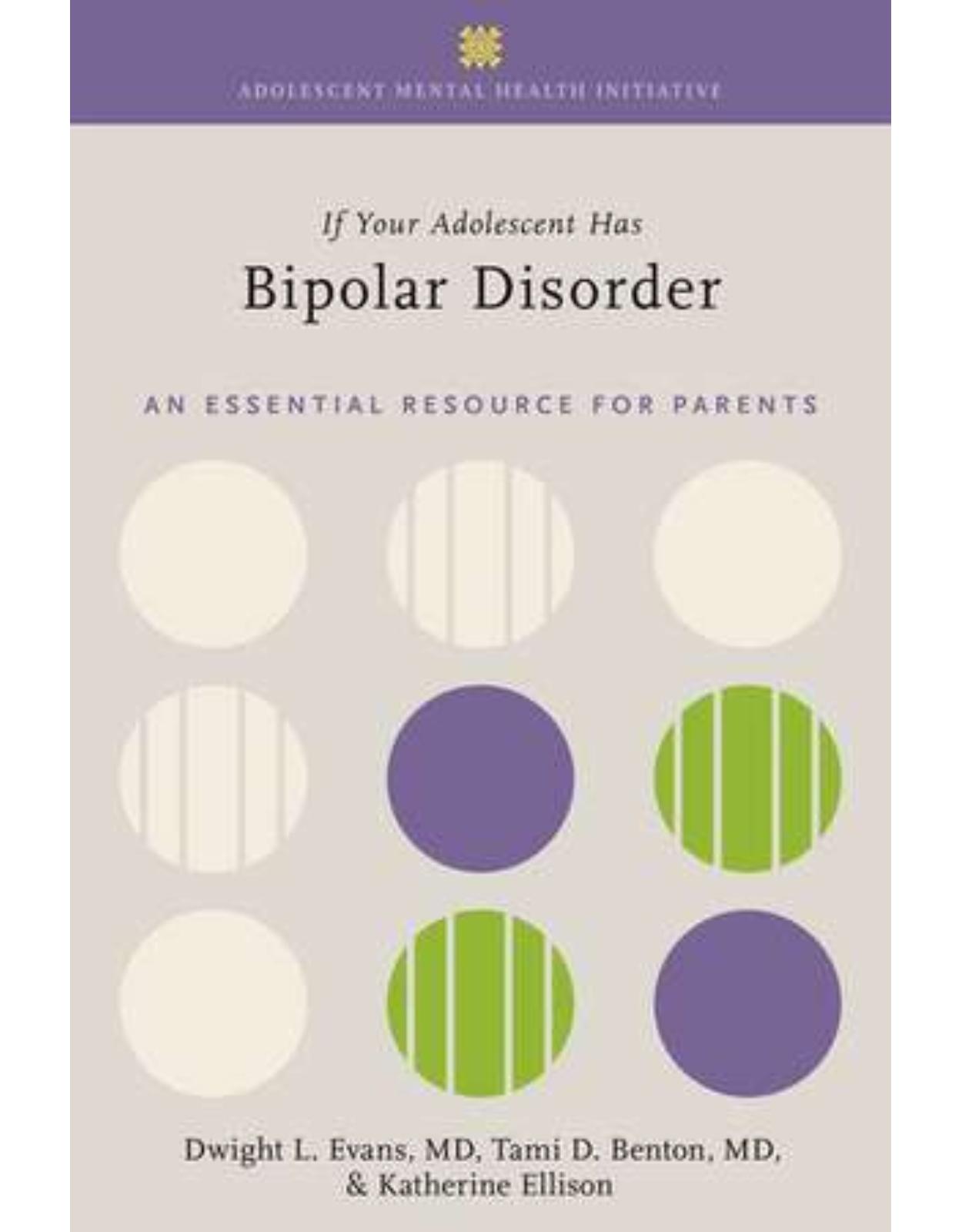
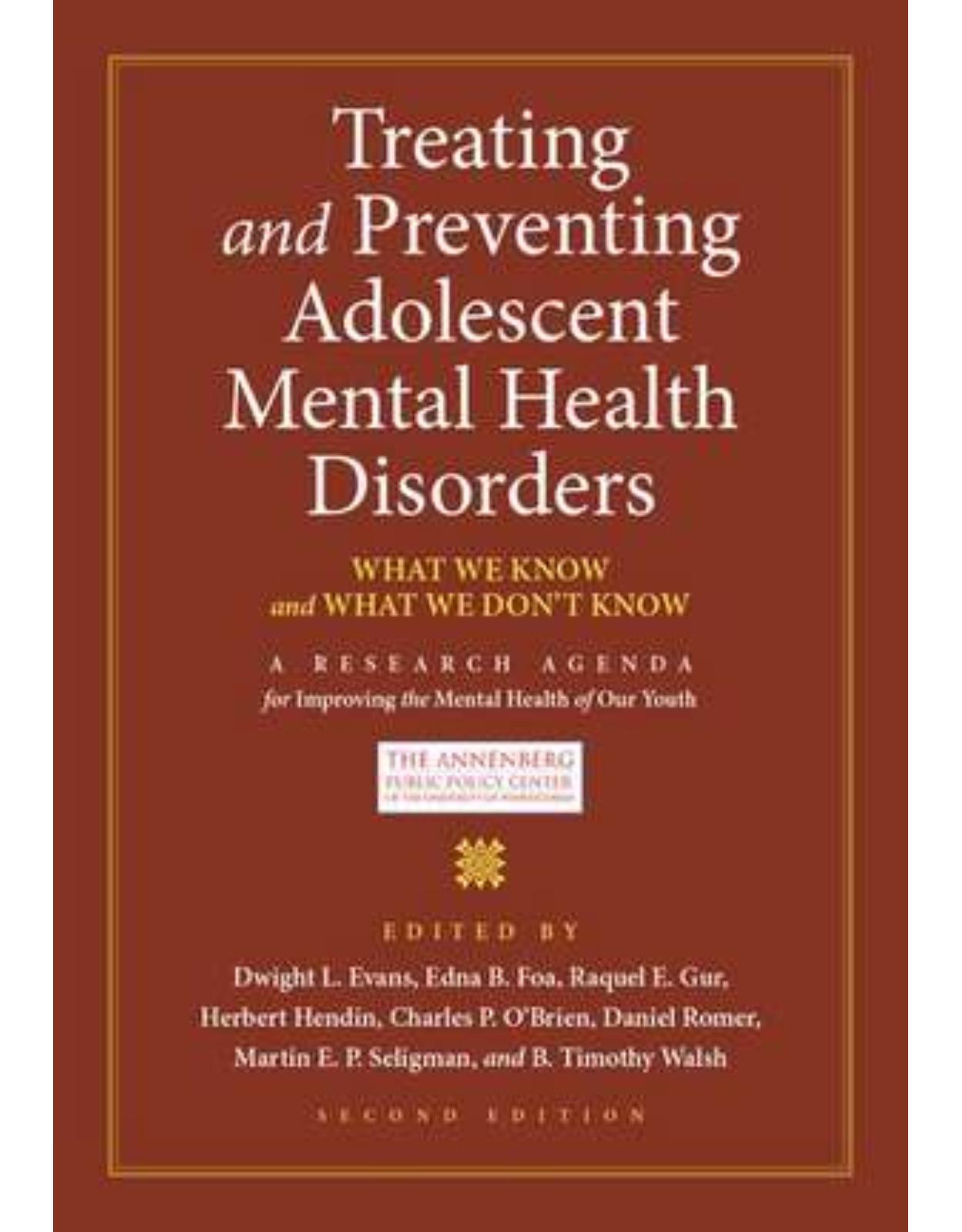
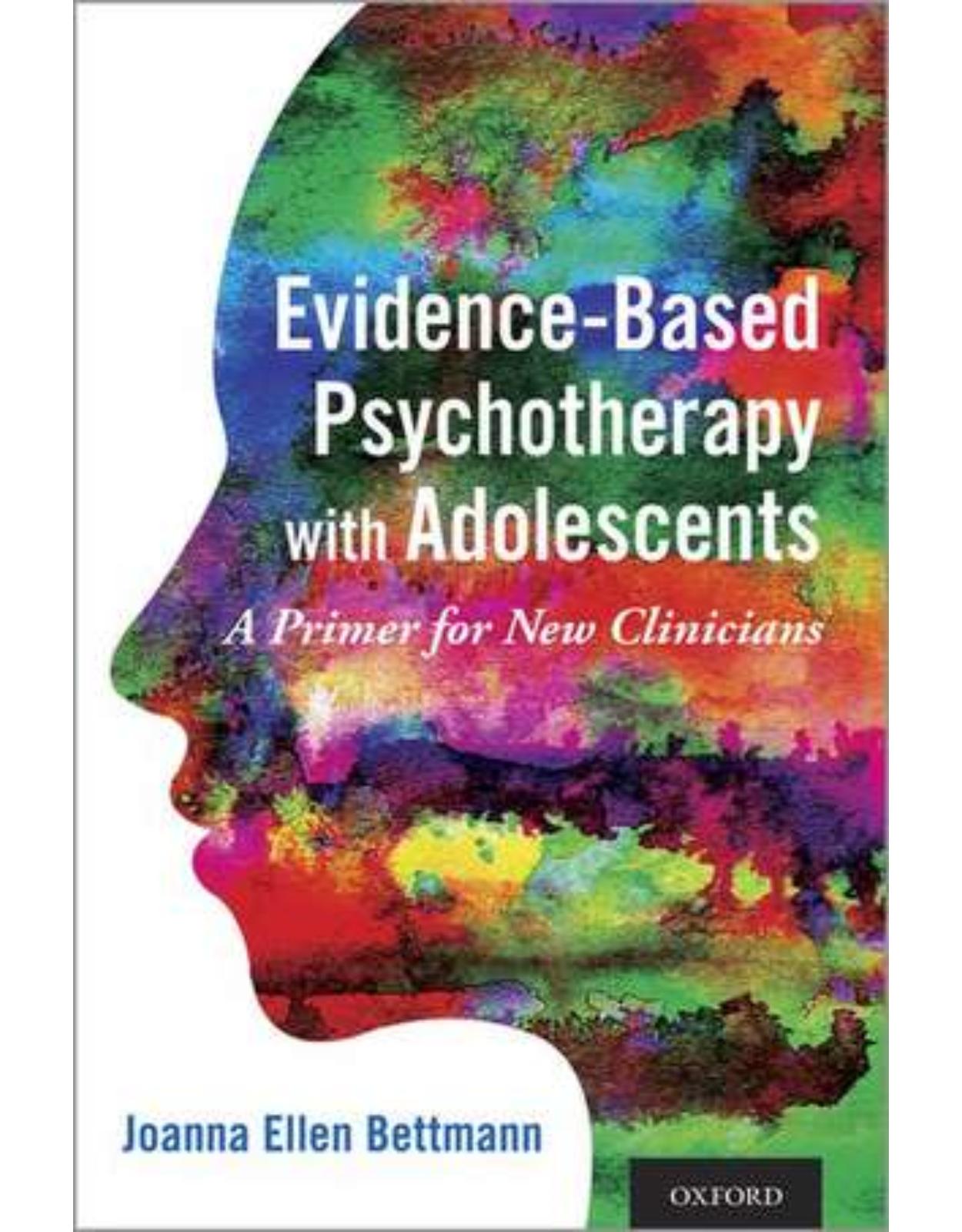
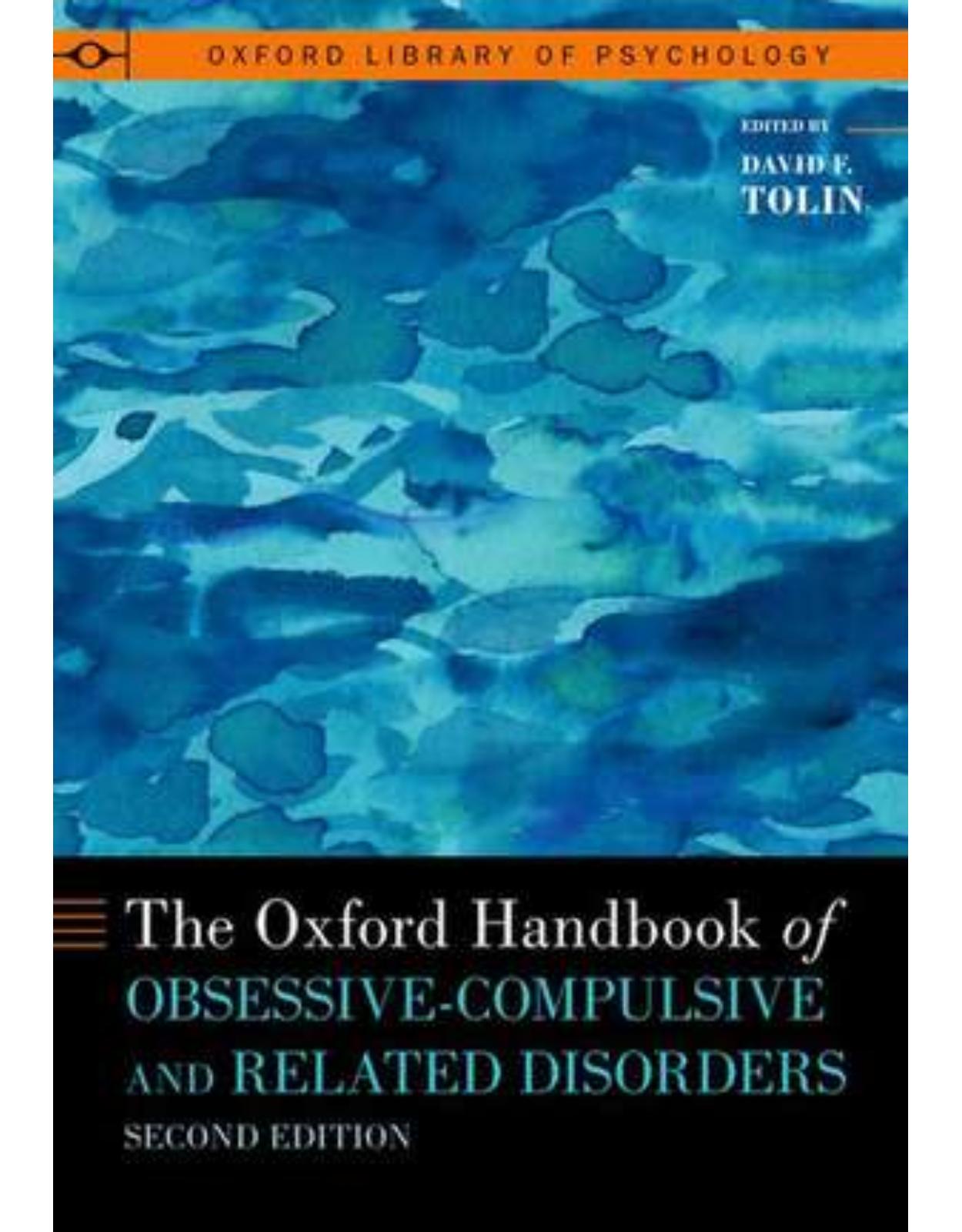

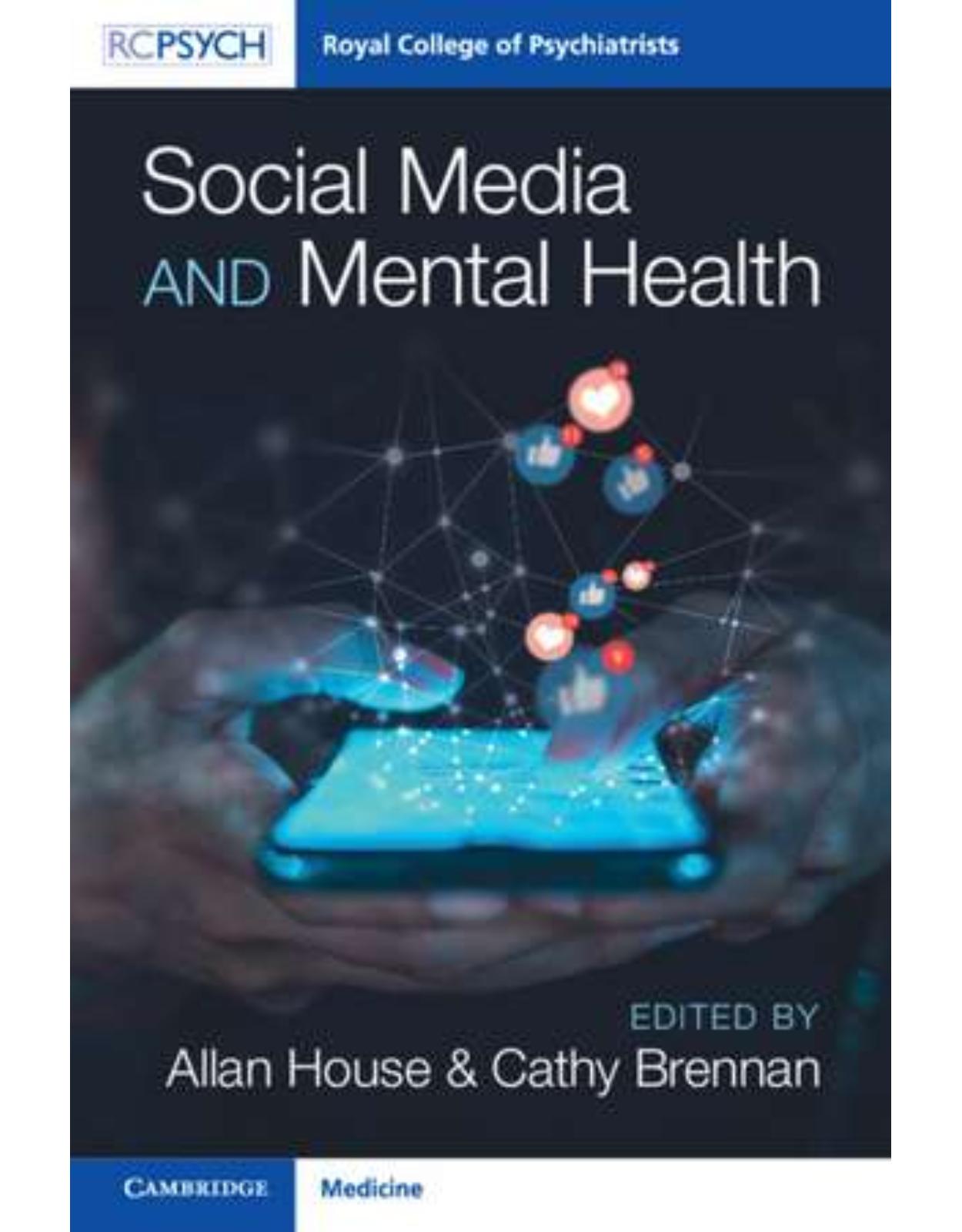

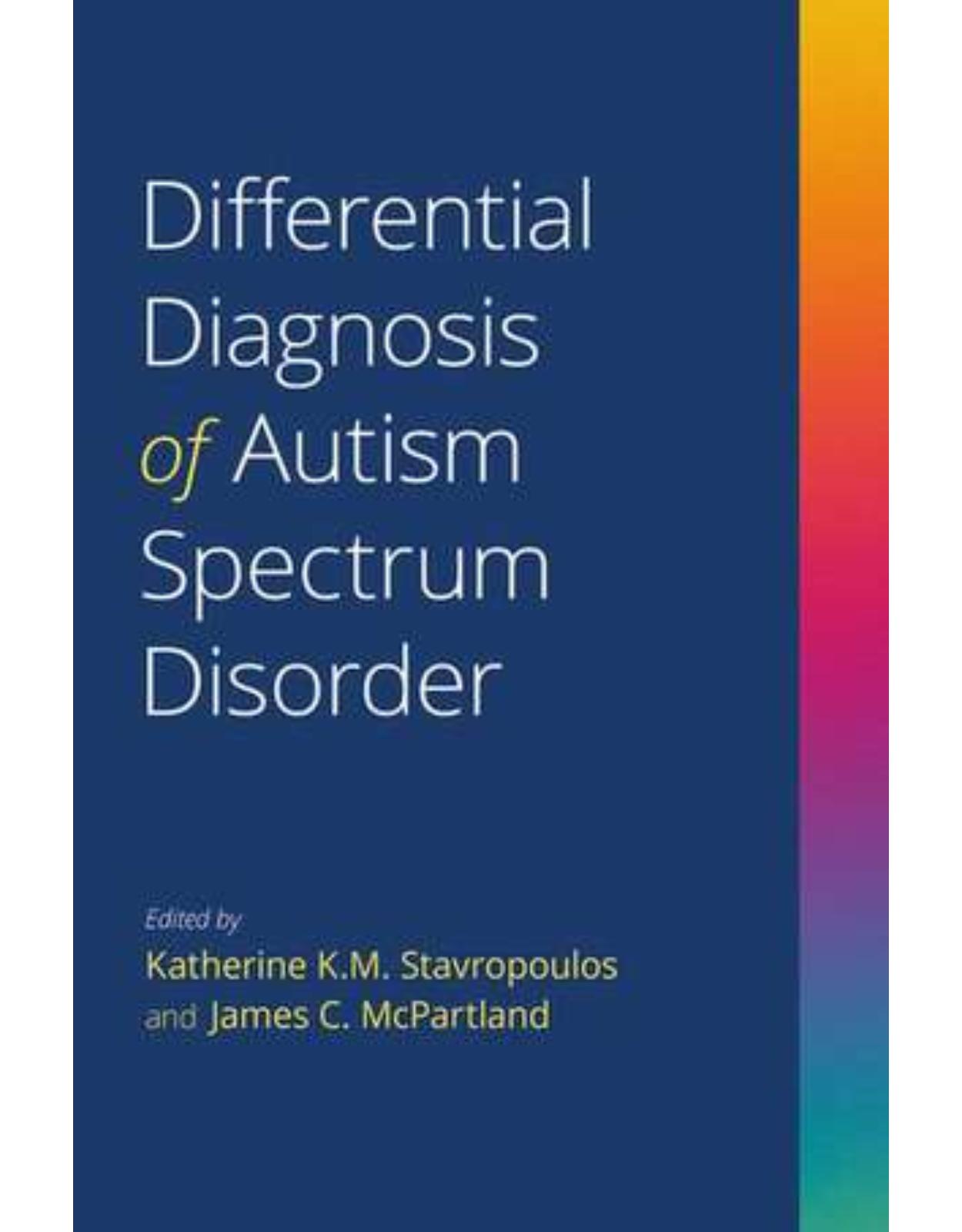

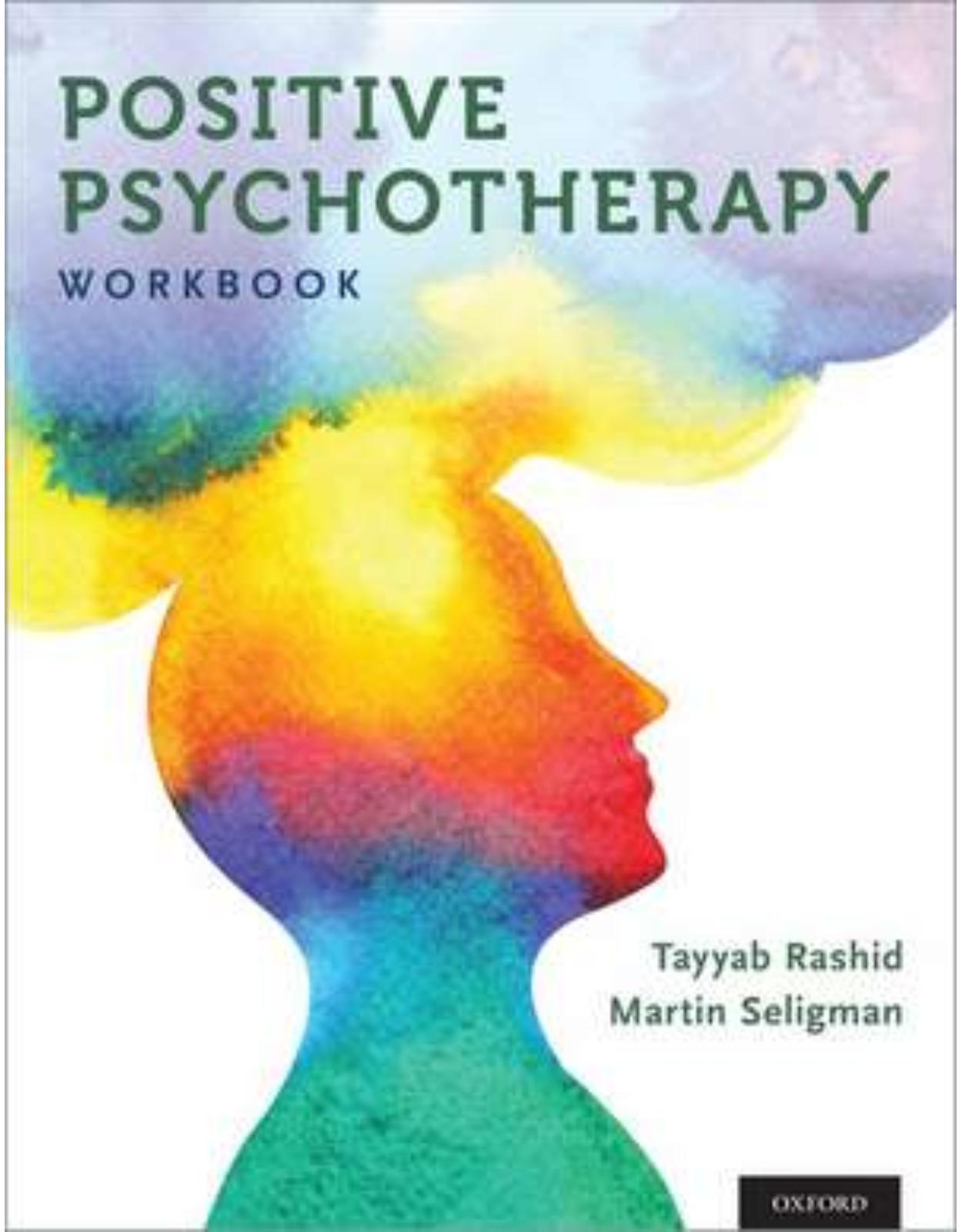

Clientii ebookshop.ro nu au adaugat inca opinii pentru acest produs. Fii primul care adauga o parere, folosind formularul de mai jos.